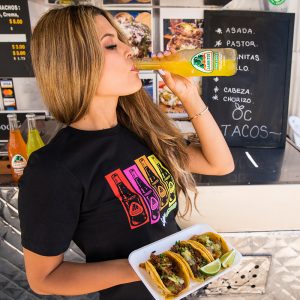Taco trucks, also known as “roach coaches” or “lunch trucks,” have been a staple in American street food culture for decades, particularly in urban areas with large Hispanic populations. However, they do not have the same level of visibility or ubiquity as ice cream trucks.
There are a few reasons for this. First, taco trucks are typically operated by independent small business owners, who may not have the resources or desire to constantly move around and attract customers like ice cream trucks do. Additionally, ice cream trucks often play catchy music to attract attention, while taco trucks typically do not.
Another reason is that the food served by taco trucks is often more perishable than ice cream, and therefore requires more frequent restocking, making it harder for the truck to stay mobile. Moreover, while ice cream trucks are able to park at one spot for a while and still sell ice cream, taco trucks tend to have a limited time frame to sell their food before it goes bad.
Additionally, ice cream trucks typically operate during the day and early evening, when people are more likely to be out and about and in the mood for a treat. Taco trucks, on the other hand, often operate later at night, when foot traffic is less, and people may be less likely to be in the market for a meal.
Finally, local regulations and zoning laws also play a role. Many cities have strict laws governing where food trucks can operate, and these laws can make it difficult for taco trucks to find legal spots to set up shop. Ice cream trucks, however, may be able to operate in more areas due to their non-perishable goods.
In conclusion, while taco trucks have been a staple in American street food culture, they do not come around like ice cream trucks due to a combination of factors such as limited resources, food perishability, and operational hours, as well as local regulations.

